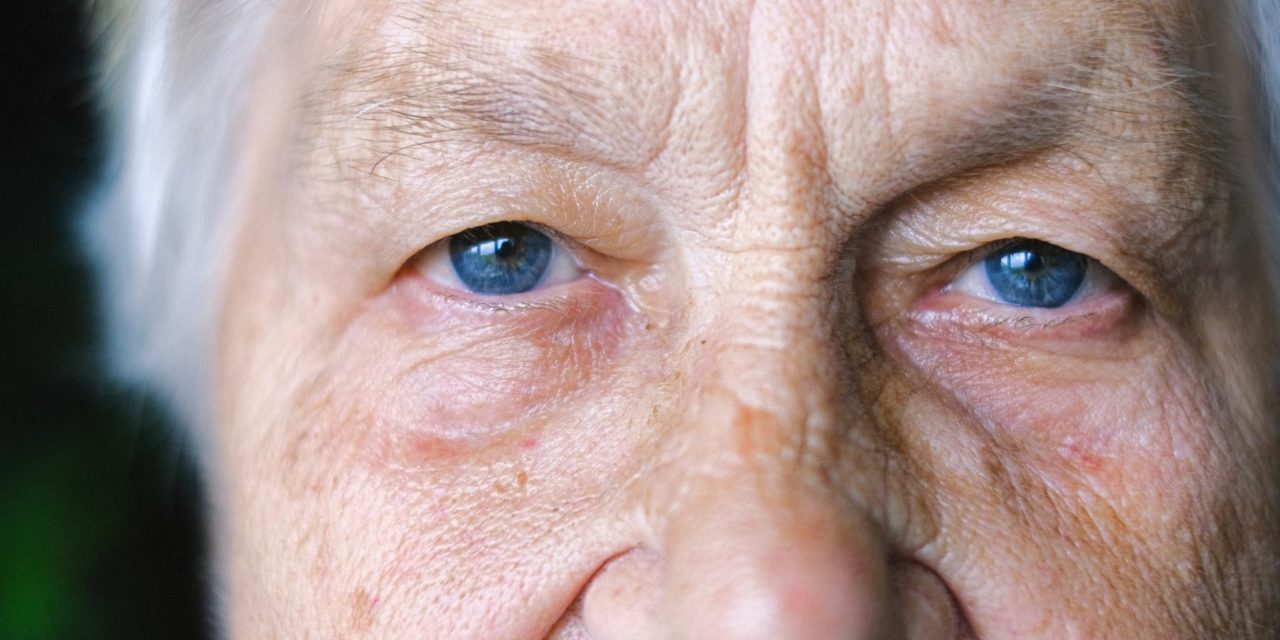2022’s States with the Best Elder-Abuse Protections
Abuse is never a pleasant subject to discuss, but with the stress of the holidays coupled with daily living, it’s critical. With more than 10% of Americans over age 60 suffering from elder abuse, and seniors especially vulnerable during this period of high inflation, WalletHub has released its report on 2022’s States with the Best Elder-Abuse Protections.
To determine which states fight the hardest against elder abuse, WalletHub compared the 50 states and the District of Columbia across 16 key metrics. The data set ranges from “elder-abuse, gross-neglect and exploitation complaints” to “financial elder-abuse laws.”
Elder-Abuse Protections in California (1=Best; 25=Avg.):
- 49th – Elder-Abuse, Gross-Neglect & Exploitation Complaints*
- 21st – Total Expenditures on Elder-Abuse Prevention*
- 41st – Number of Eldercare Organizations & Services*
- 25th – Number of Certified Volunteer Ombudsmen*
- 25th – Nursing-Homes Quality
*Per resident aged 65+
Expert Commentary
What are the most common types of elder abuse?
“The most common types of elder mistreatment in long-term care homes include neglect of healthcare, harmful resident-to-resident incidents (which is largely a form of neglect), emotional/psychological abuse, staff retaliation against residents (residents’ fear of retaliation is common), financial exploitation (such as theft of money and jewelry), theft of residents’ opioid pain medications (controlled substances), and inappropriate and harmful use of antipsychotic drugs (also called chemical restraints). The inappropriate and harmful use of physical restraints has been less common in recent years, but it still represents a significant concern. In general, staff physical abuse and sexual abuse of residents are less common but their consequences on residents can be deeply traumatic and devastating so careful attention to the prevention of these forms of mistreatment is warranted.”
— Eilon Caspi, BSW MA Ph.D. – Gerontologist & Dementia Behavior Specialist; Assistant Research Professor, University of Connecticut; Adjunct Faculty, University of Minnesota
“I think of the following as being the most common types. Physical abuse such as injury to the older adult. I also consider restraints as an example of physical abuse. Sexual abuse such as any sexual activity (like touching, intercourse) without consent. Emotional abuse such as threats, harassment. Financial abuse such as misusing an older adult’s finances or resources. Neglect is a type of abuse, but it is more complicated. It is a caregiver’s failure to provide items like food, but it can be willful or non-willful.”
— Manish Shah, MD, MPH – Professor and Chair of the BerbeeWalsh Department of Emergency Medicine, University of Wisconsin
How can policymakers protect the elderly from abuse, financial or otherwise?
“Federal and state governments need to strengthen regulations to provide better minimum staffing ratios and to increase penalties for repeat offender nursing homes, such as mandatory admissions ban, high fines (right now, the maximum fines are a joke), and a loss of Medicare funding.”
— Peter Giglione – Adjunct Professor, Duquesne University; partner at Massa Butler Giglione
“Federal policymakers have done a great deal to protect older adults from abuse, including passing the Elder Justice Act in 2010 and other legislation that has been passed since then. Unfortunately, I do not believe that all of these bills have received funding at the levels necessary for their most effective implementation. Policymakers have also mandated that suspected elder abuse must be reported by health care providers (and others). This is another important way to protect older adults, the same way we protect children. There are a few ways in which I think that policymakers can help in the future. One is by increasing funding to organizations that educate the community about abuse, investigate reported cases of elder abuse, and support people who have been abused. Furthermore, we need to increase funding to perform research to figure out how to prevent elder abuse. Finally, some models have been developed for expert elder abuse consultative teams at hospitals and in health systems (including by Dr. Rosen). Funding for that would significantly improve the care provided to patients.”
— Manish Shah, MD, MPH – Professor and Chair of the BerbeeWalsh Department of Emergency Medicine, University of Wisconsin
What can families do to protect elderly family members from being abused financially?
“My recommendations are to: 1) establish a trustworthy financial power of attorney, even with potential oversight of that person; 2) establish a contact for financial institutions so that the companies can contact someone else if suspicious activity is occurring. This is particularly important for those with cognitive impairment. Some experts suggest that the likelihood of older adults experiencing abuse – ranging from family violence and neglect to financial scams – has increased in the past year. What steps can be taken to reduce the risk of elder abuse? Preventing abuse is tough and the steps mentioned previously can help. Ultimately, I think that it is really important to be involved in the lives of loved ones and have a strong relationship with them. That will ensure that any problems are identified early.”
— Manish Shah, MD, MPH – Professor and Chair of the BerbeeWalsh Department of Emergency Medicine, University of Wisconsin
Image Sources
- Elder abuse: Pexels




![Enrolling Now, Rewarding Careers Ahead [Sponsored]](https://ukenreport.com/wp-content/uploads/2024/04/COD_heroes_1-1385-2-440x264.jpg)


